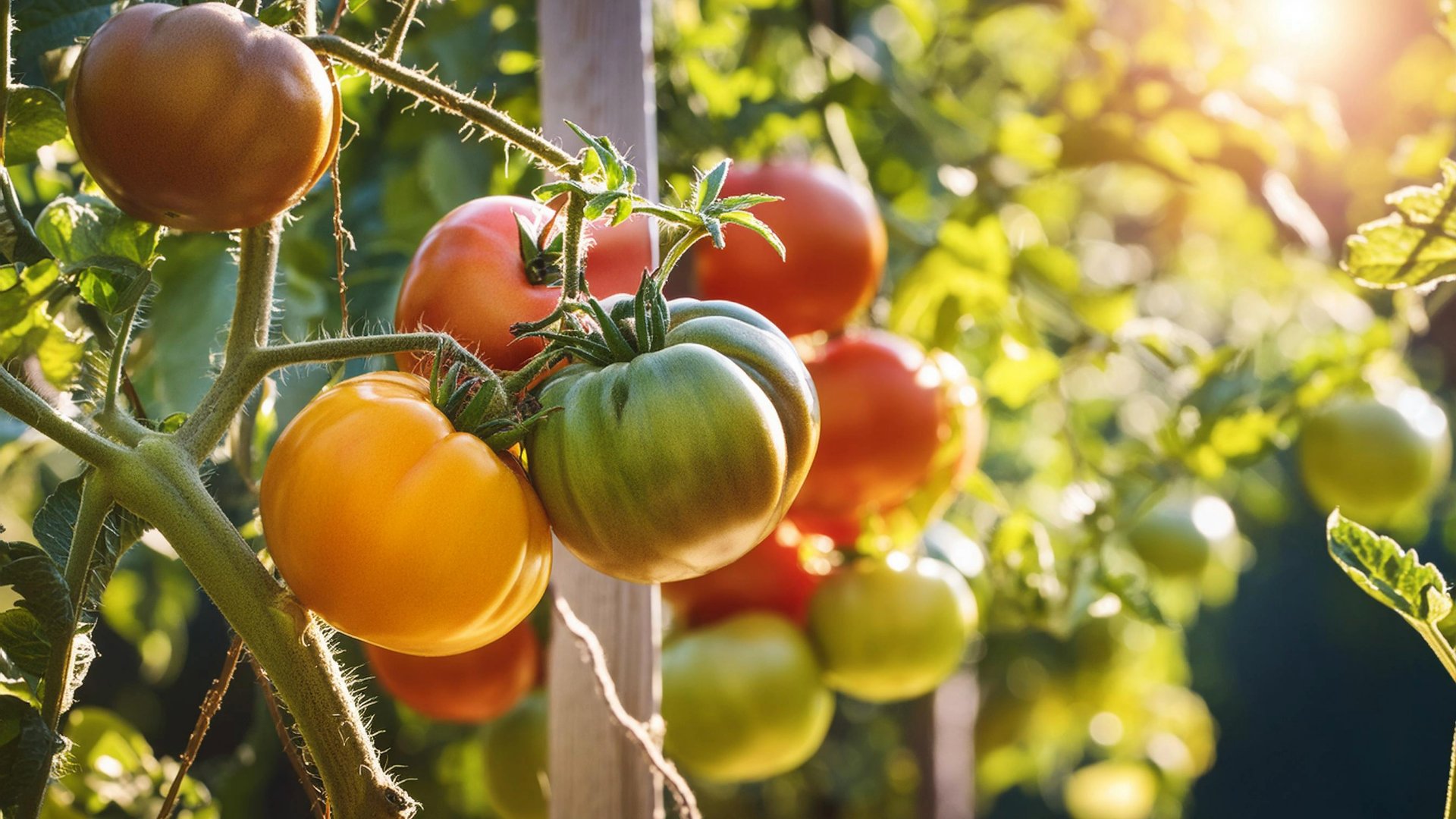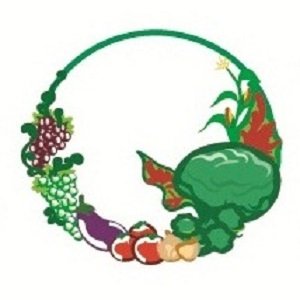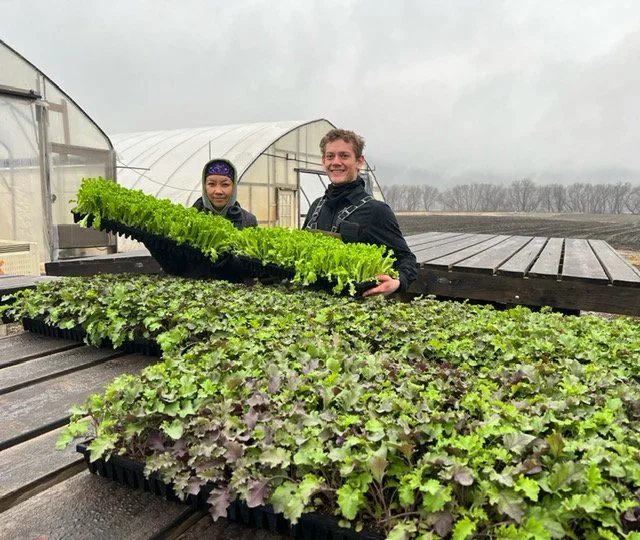
CSA Mindset:
Adapting to the Rhythm
of Local Food
CSA Success Series #6
The Local Food Lifestyle
In our last installment of the CSA Success Series, we looked at the many benefits of getting your fresh produce from a local source like Featherstone Farm: often, local food tastes better, is more nutritious, and is good for local communities and the environment.
But did you know that it’s typical for 30 to 50 percent of the people who join a Community Supported Agriculture program to leave after one year? People leave for many reasons, according to surveys:
Busy schedules that make it difficult to pick up farm boxes on time or to prepare and store fresh food.
Not knowing how to prepare many fresh produce items.
The limited choice and availability that is inherent to local, seasonal eating.
The expense of eating super-fresh, local produce.
Moving and other life changes.
People who are long-term CSA members experience these challenges, too, but they have learned to adapt to the realities of Community Supported Agriculture. Out of all the adaptations these people make, perhaps the most important is developing a “CSA mindset.” Choosing to eat local is more than just the choice to get your fresh produce from a different supplier; for long-term CSA people, it’s a lifestyle choice.
In this installment, we’re going to look at CSA mindset—and offer some practical tips for getting the most value and enjoyment out of your CSA subscription.
CSA Mindset: A Commitment to Community, Curiosity, and Creativity
What is the CSA mindset? Whole books have been written on the subject, but for the purposes of this short article, we’ve boiled it down to 3 C’s: community, curiosity, and creativity.
Connect with a New Community
From its very beginnings, Community Supported Agriculture was designed to be a partnership between farmers and their communities. (If you haven’t already read our short history of community supported agriculture, you can find it here). By participating in a CSA program, consumers provide farmers with a level of financial stability that makes farming a more sustainable economic endeavor — and allows them to invest in sustainable farming practices. In return, consumers get super-fresh produce that elevates their eating experience. Plus, as we discussed in our last installment, they join forces with other members to protect the environment, invest in local economies, and create stronger communities.
In short, one of the goals of CSA is helping people restore the relationships and communities that were lost with the industrial food system that developed in the mid-twentieth century.
At Featherstone Farm, we work to build up this community in many ways:
We host farm events just for members at least twice a year.
On social media and in our email newsletters, we give you a behind-the-scenes peek at how we grow your food from seed to harvest to box packing and delivery.
We put you in touch with the land that produces your food and with the people who plant and harvest it.
It takes all of us to cultivate community! Join the conversation on our Facebook, YouTube, and Instagram channels—and plan a visit to the farm for one of our annual events!
Embrace Curiosity
Local, seasonal vegetables, fruits, and greens come to you at the peak of their flavor and nutritional value. But by definition, “seasonal” means that when they are out of season, they aren’t available. Moreover, even when they’re in season, any number of factors—a late frost, persistently wet or dry conditions, disease, pests—might result in limited or no availability, or might mean an item comes to members in less-than-ideal condition from time to time.
For some people, that’s a deal breaker.
But for other people, being connected to the ups and downs of a local farm is all part of the CSA experience. They might be disappointed when one of their favorite crops is affected by weather or pests or disease, but they’re also curious, and that curiosity—that love of learning—offsets some of the disappointment. They like following the story of their farm as it unfolds season after season, and they like knowing the story behind the food on their plate.
At Featherstone, we don’t just deliver fresh food; we tell you the story behind that food.
Curiosity also comes into play when “CSA people” discover a new or unusual item in their box. Maybe they’ve never seen curly green garlic scapes before, but instead of being daunted, they’re excited to experiment with a new type of food. They might not usually buy fresh dill, but when it comes in their box, they love finding new ways to use it to freshen up salads, soups, and other dishes.
Get Creative with Your Cooking
By and large, CSA people love to cook…and they love cooking with the freshest ingredients possible. They may not be master chefs; they may not even be that experienced in the kitchen—but because they’re curious, they’re ready to experiment with new recipes and to learn new cooking techniques.
For some people, cooking with seasonally available food is a way of connecting with another “community”—grandparents, great-grandparents, and other ancestors who had no choice but to get creative with whatever was seasonally available to them. For the thousands of generations of people who made do without our modern, multi-continent industrial food system, the constraints of local, seasonal eating was indeed a spur to culinary creativity—often with amazing results.
Here at Featherstone, we love getting creative with new recipes, too, and we pass those on to you through our newsletters and social media. Accompanying you on your journey of curiosity and creativity is part of our end of the partnership!
Two member-created dishes using locally grown food from Featherstone Farm.
Tips and Tricks for Common CSA Challenges
Adopting a CSA mindset may be the most important thing you can do to maximize success and enjoyment with your CSA subscription. But…we have some tips and tricks that might help, too.
Learn What’s in Season. Familiarize yourself with when each type of crop is harvested so you can anticipate what’s going to be in your box, and plan ahead.
Watch Featherstone’s Box Previews. Every Tuesday, we shoot a short video previewing what’s coming in your farm box. These videos not only give you a heads up, but offer specific information about that week’s harvest (e.g., the condition of the crop and how to adapt). You will find these on our blog, Instagram, YouTube, and Facebook pages.
Check Weekly Crop Notes. When your box customization notice lands in your inbox on Friday, click through to get up-to-date descriptions of crops in your upcoming delivery. This might include special notes about slight variations in an item (e.g., baby beets instead of full-grown) or crop condition (e.g., slightly muddy beans due to heavy rains). Checking these notes in advance will help you know what to expect and give you time to make changes to your delivery if you like.
Look for Featherstone’s Vegetable Guides. Our vegetable guides give you a heads up on each of our vegetables—along with storage tips and recipe ideas. (Watch for this to roll out in our 2024 season.)
Try New Recipes. Invest in a good cookbook such as Bounty from the Box, a comprehensive cookbook designed specifically for CSA members. (The book had its genesis at Featherstone Farm, so you’ll see references to us in it! Get the book for 15% off using code FSF15 through August 15, 2024.) You can also swap recipes with other Featherstone members.
Preserve What You Don’t Use. If you can’t eat everything in your box in one week, learn preservation techniques such as freezing, canning, or pickling. That way, you can enjoy your produce all year long!
Batch Cook and Prep. Many of our long-term CSA members set aside time each week to wash, chop, and prepare their vegetables. This makes it easier to throw together quick meals during the week.
Share and Swap. If you find yourself with more produce than you can use or items you don’t particularly enjoy, consider sharing with friends or swapping with other neighbors.
Connect with Our Community. Attend Featherstone events at the farm or come out and say hi during our regular visits to our pickup locations. If you can’t make it in person, join us on social media.
Take Advantage of Our Box Customization and Rescheduling Tools. If you know you’ve got a busy week ahead, reschedule your box for later in the season. And use our crop preference tool and our weekly box customization feature to get more of what you want.
That’s all for now. Next, check out other articles in the CSA Success Series.
You can also check our Questions & Answers page for answers to common questions.
As always, please reach out to our CSA manager, Karin, by email or phone if you have any questions or concerns: csa@featherstonefarm.com or 507-864-2400.
Local food systems connect consumers with the people who grow their food in their area. Choosing a certified organic CSA like Featherstone Farm has the added benefit of protecting local watersheds, such as the beautiful Root River valley.
5 Social and Environmental Benefits of Local Eating
Besides offering fresher, tastier produce, local food systems offer significant social and environmental benefits, too.
Supporting local jobs and economies. Locally grown food systems keep money within the community. When you buy from local farmers, you support local jobs, stimulate economic growth, and help sustain vibrant, healthy communities.
Strengthening regional food security. Local food systems contribute to regional food security by providing more stable and reliable food sources. Industrial food systems, on the other hand, rely on long supply chains that are vulnerable to global events.
Reconnecting people to one another—and the land. Local food systems foster vibrant community connections around food, reconnecting urban and rural residents and creating networks of support and shared knowledge. Price, as part of the Featherstone Farm CSA, you’ll get to see exactly where your food comes from—whether that’s through our newsletters, social media, or in-person farm events.
Reducing your food’s carbon footprint. The average meal travels about 1,500 miles to reach your plate. Produce from Featherstone Farm CSA, on the other hand, travels no more than 150 miles. This reduction in “food miles” helps mitigate climate change and decrease air pollution.
Preserving soils and protecting wildlife. As a certified organic farm, Featherstone Farm engages in sustainable farming practices designed to preserve the rich, rare soils on its fields, and protect the unique environment of the Root River valley in southeastern Minnesota.
As you can see, there are many benefits to eating locally—for you, your community, and the environment. But enjoying these benefits requires adapting to some of the realities of local food production. We’ll look at some of those realities and how you can adapt in the next installment of our CSA Success Series.
That’s all for now. Next, check out other articles in the CSA Success Series.
As always, please reach out to our CSA manager, Karin, by email or phone if you have any questions or concerns: csa@featherstonefarm.com or 507-864-2400.






